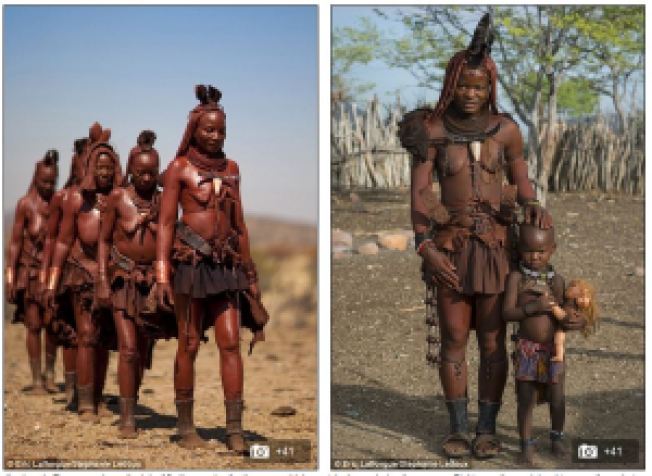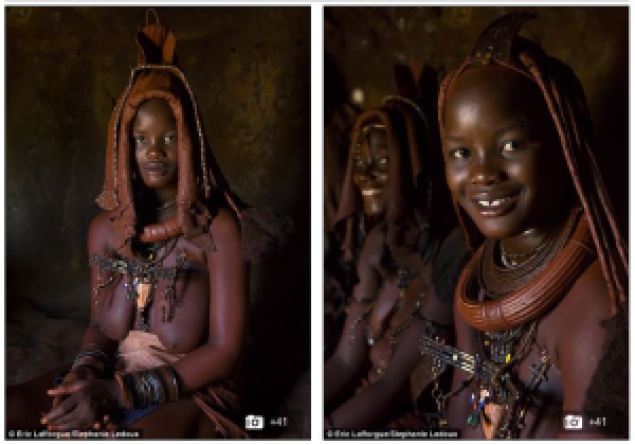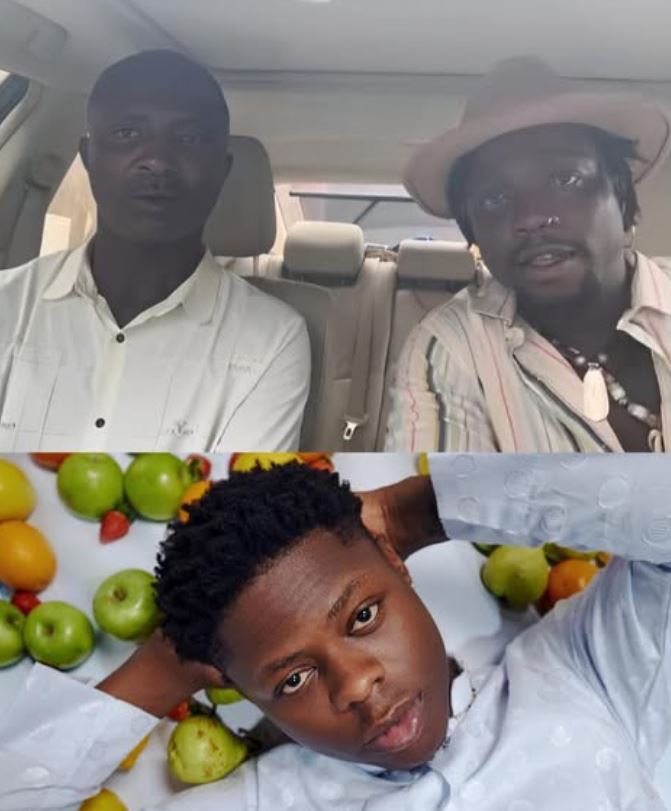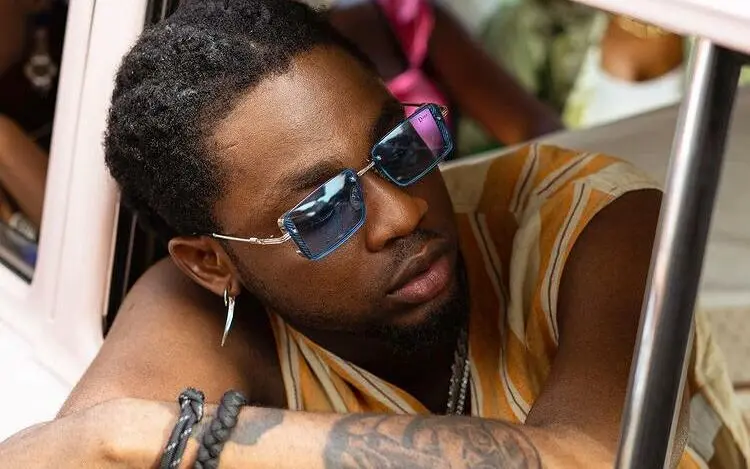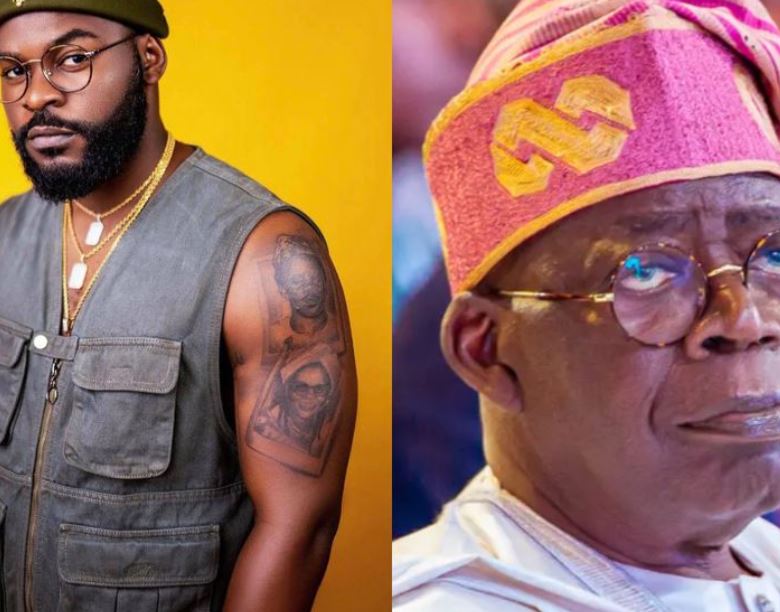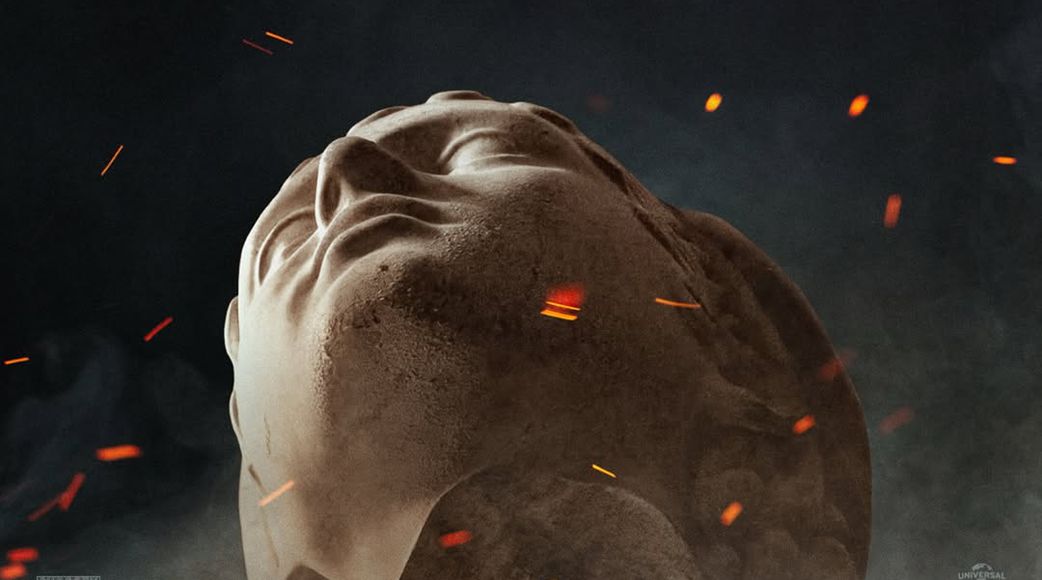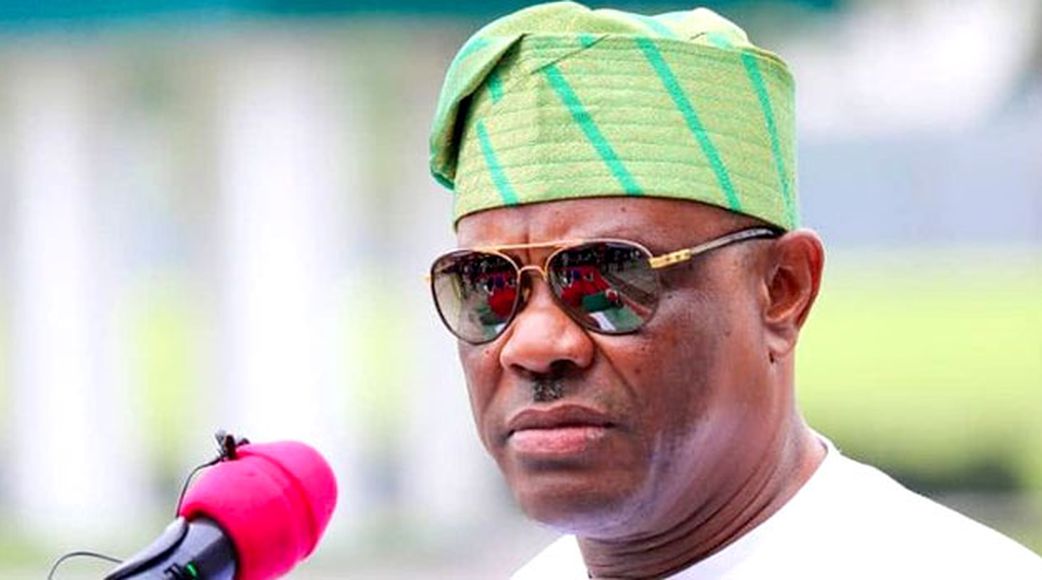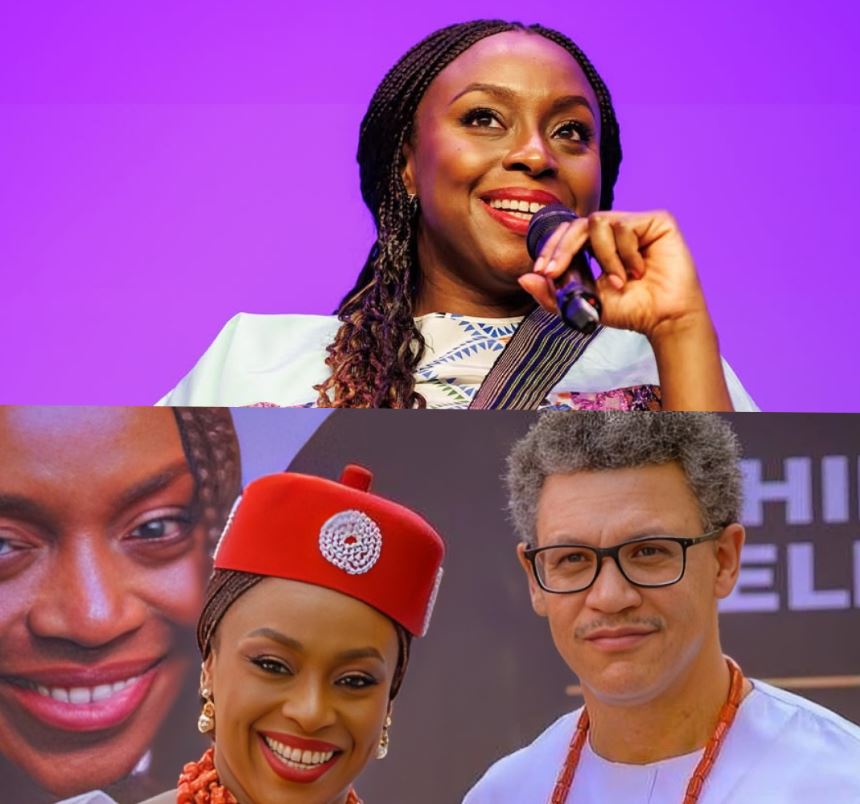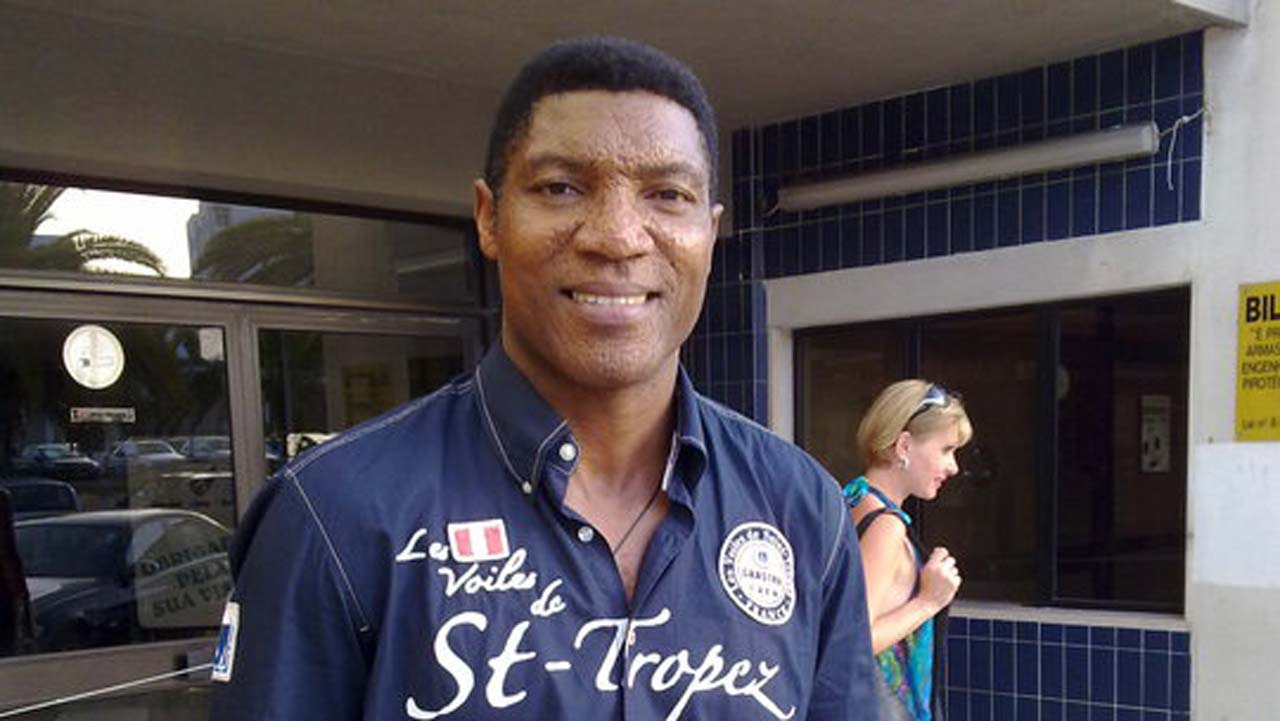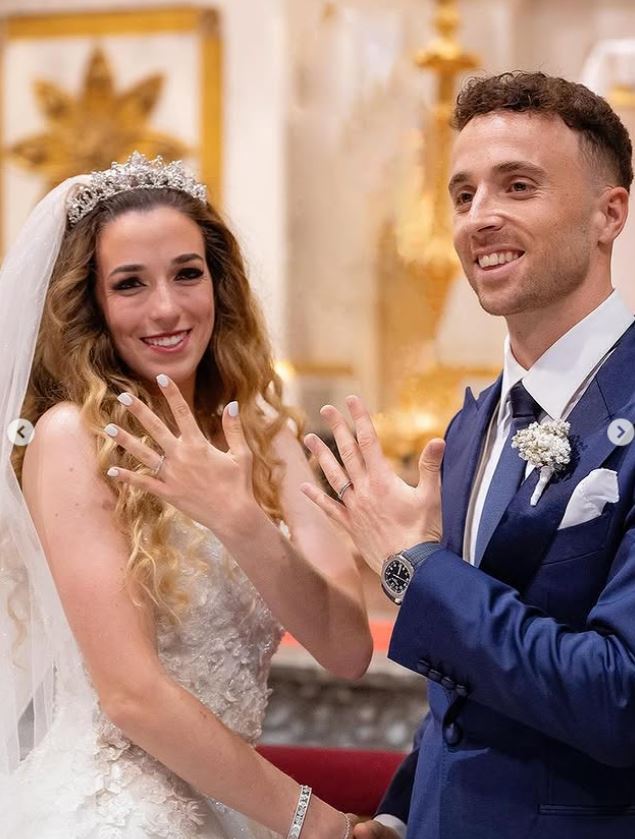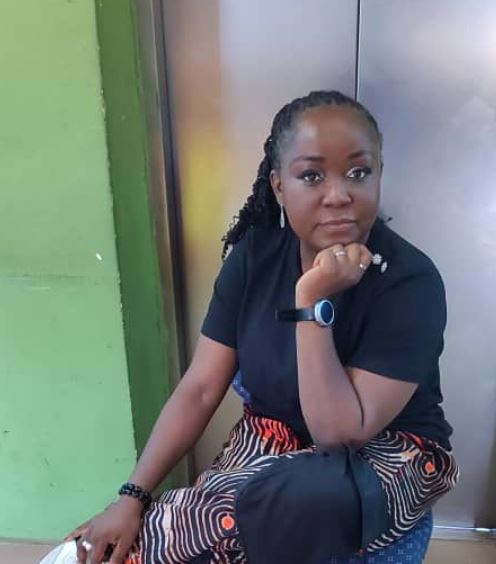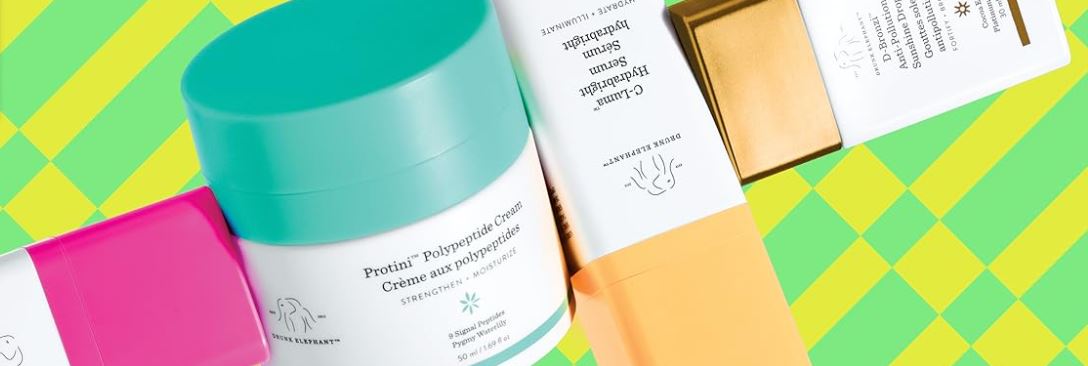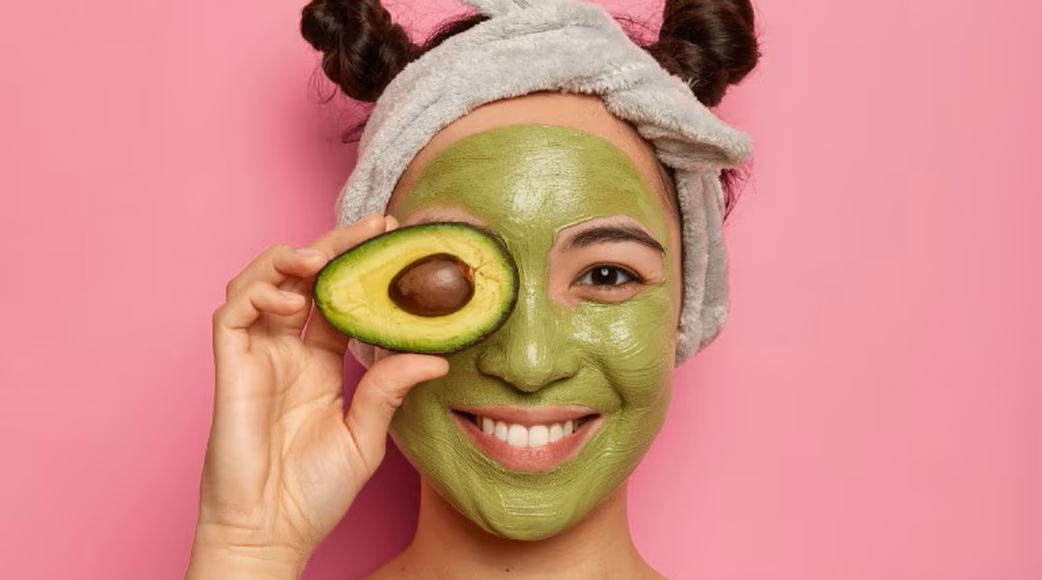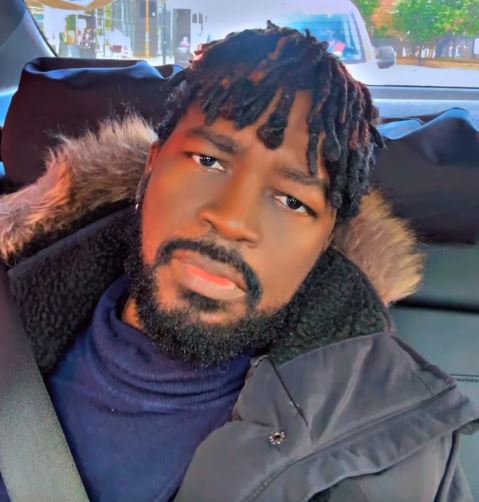Their elaborately braided hair, skin and clothes covered in a mixture of ground red rock and butter, the women of Namibia’s Himba tribe are a striking sight. But while the women sport hairstyles of varying degrees of complexity, the men cover their heads with turbans from the moment they marry and never remove them; instead using an arrow-like implement to scratch the hair beneath the turban. ‘Marriage is important in Himba culture,’ explains photographer Eric Lafforgue, ‘but extramarital relations are encouraged. Polygamy is the rule for both men and women who can have other partners in addition to their husband.’ More pictures after the break

The Himba’s egalitarianism also extends to who gets to be in charge of what, with decisions split between men and women. ‘The Himba have a system of dual descent where every person is linked to two distinct groups of relatives: one through the line of the mother and the other through the father,’ explains Lafforgue. ‘Overall authority is in the hands of the men but economic issues are decided by the women.’

The Himba are a tribe of pastoralists who live in Kaokoland, a vast stretch of land in northwestern Namibia and bordered by Angola to the north and the Skeleton Coast and Atlantic Ocean to the west. Like other tribes living in the area, people depend on their cows to live and as a result, a Himba man without a herd of bovine companions isn’t considered worthy of respect. ‘Despite the fact they live in little villages, the Himba are rich people,’ adds Lafforgue. ‘The herds can be anything up to 200 cows, although they will never says how many cows they have – they keep it secret to avoid thieves.’







